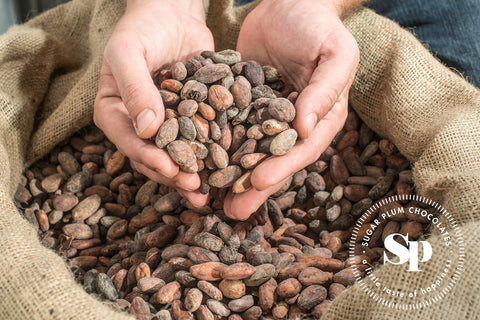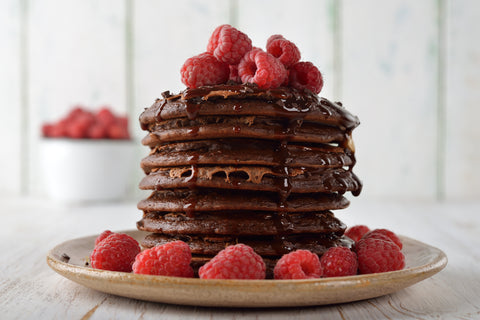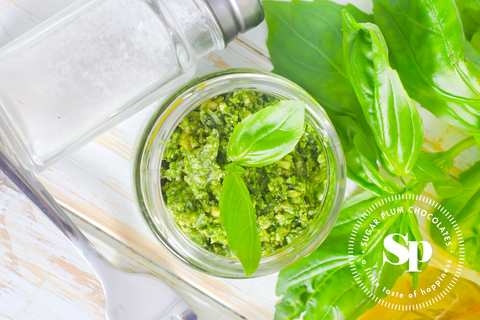When we hear “chocolate,” usually the first image that pops in our head is our favorite chocolate bar, or maybe even a hot mug of cocoa on a chilly winter night. It is hard to say exactly how long chocolate has been made, but it is suggested that chocolate consumption began about 3000 years ago in the ancient Olmec civilization of pre-Columbian Mesoamerica. For most of that time, chocolate was consumed as a drink until it became the mass-produced global commodity we enjoy today.
Etymologists link the origin of the word “chocolate” to the Aztec word “xocoatl” which refers to a bitter drink brewed from cacao beans. The Latin name for the cacao tree, Theobrama cacao, even translates to “food of the gods.” In 2007, anthropologists found pottery dated around 1400 BC with traces of chocolate residue made from fermented cacao fruit pulp, which was used to create drinking chocolate. It was often mixed with water, chili, honey, and sometimes fruit for special ceremonies. Cacao beans were considered sacred and valuable enough to be used as currency.
It is said that Montezuma II greeted Spanish explorers with drinking chocolate, which was too bitter for foreign taste until honey or cane sugar was added. Not long after, it was all the rage in Spain and became revered throughout 17th century Europe for its alleged medical and nutritious properties. It remained a luxury for the rich until mass production was made possible by steam-powered transportation in the late 1800s.
A Dutch chemist made less expensive chocolate by removing half of its natural cocoa butter and pulverizing the remains to create a cocoa powder, which would pioneer solid chocolate as we know it. In 1847, Joseph Fry added melted cacao butter to the powder to create a chocolate paste that could be molded into any shape: bars, bunnies, bears, and more. Cadbury of Great Britain and Nestle of Switzerland would soon follow as major chocolate companies.
While most of us wouldn’t accept chocolate over our paycheck today, Revolutionary War soldiers were offered chocolate rations instead of wages. The humble cacao bean is still an economic powerhouse - its manufacturing industry is valued at more than $4 billion in the United States alone. While chocolate is accessible in a wide range of treats, there has been a revolution in recent times where consumers are demanding high-quality, sustainable options. Major corporations listen by expanding their product lines to include premium artisanal chocolates. This also opens the door for smaller, independent chocolatiers to experience greater success.
So, next time you unwrap your favorite Sugar Plum chocolate bar, consider the long road the mighty cacao bean has walked to make your holidays and celebrations that much sweeter!




Comments (0)
There are no comments for this article. Be the first one to leave a message!